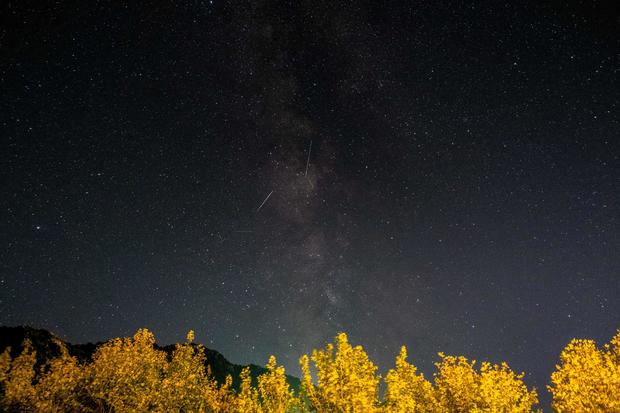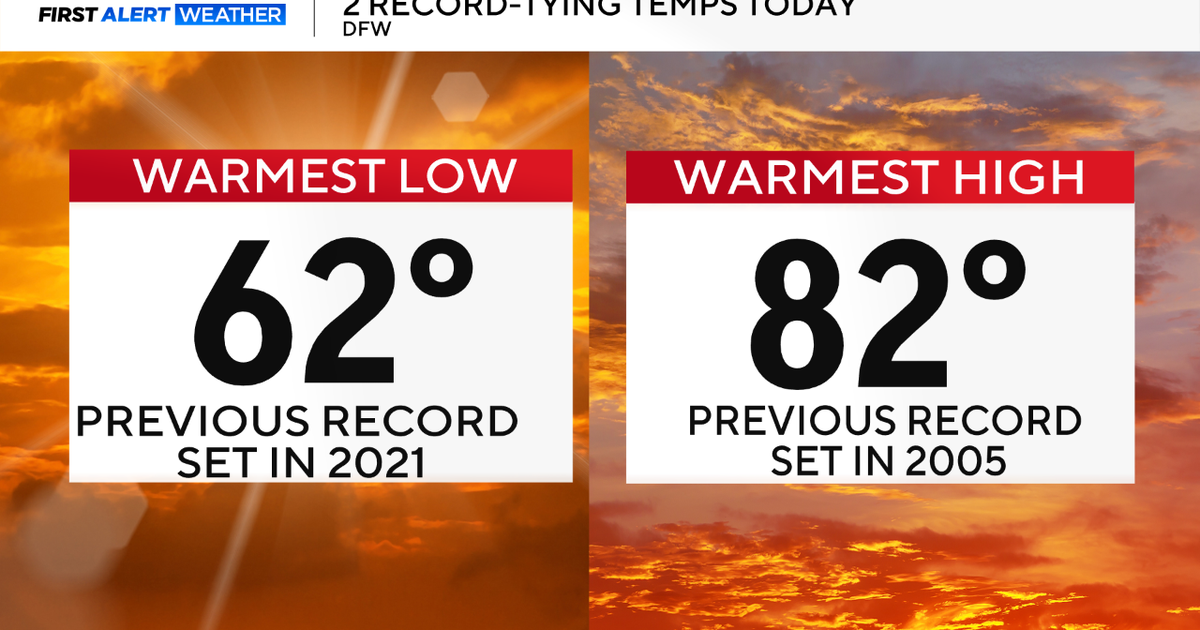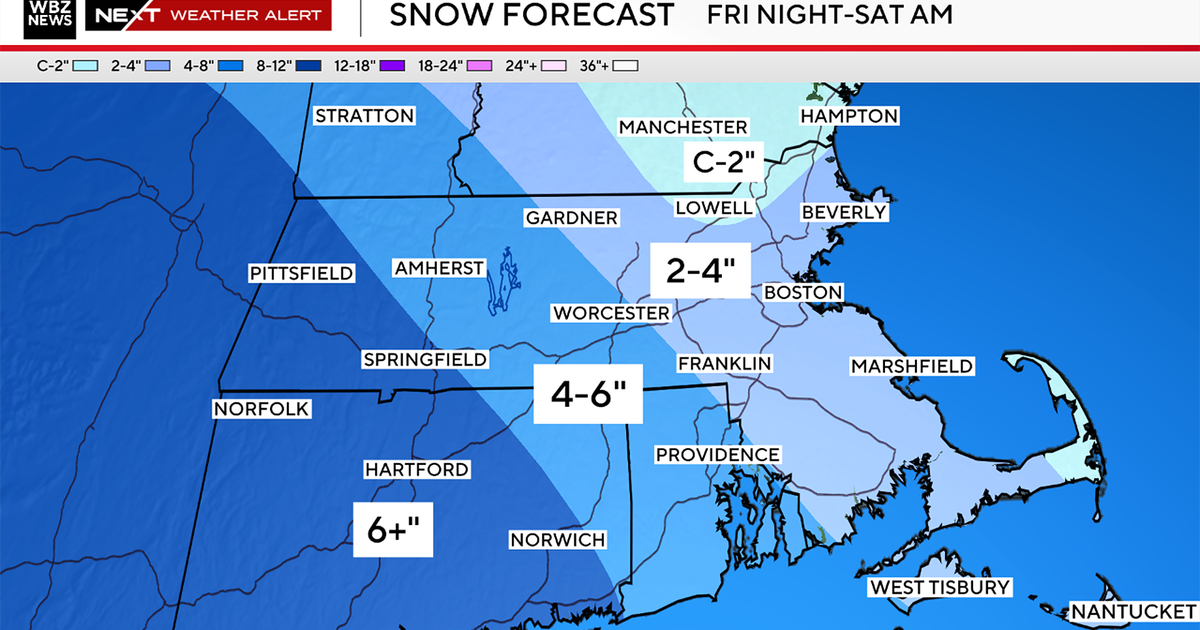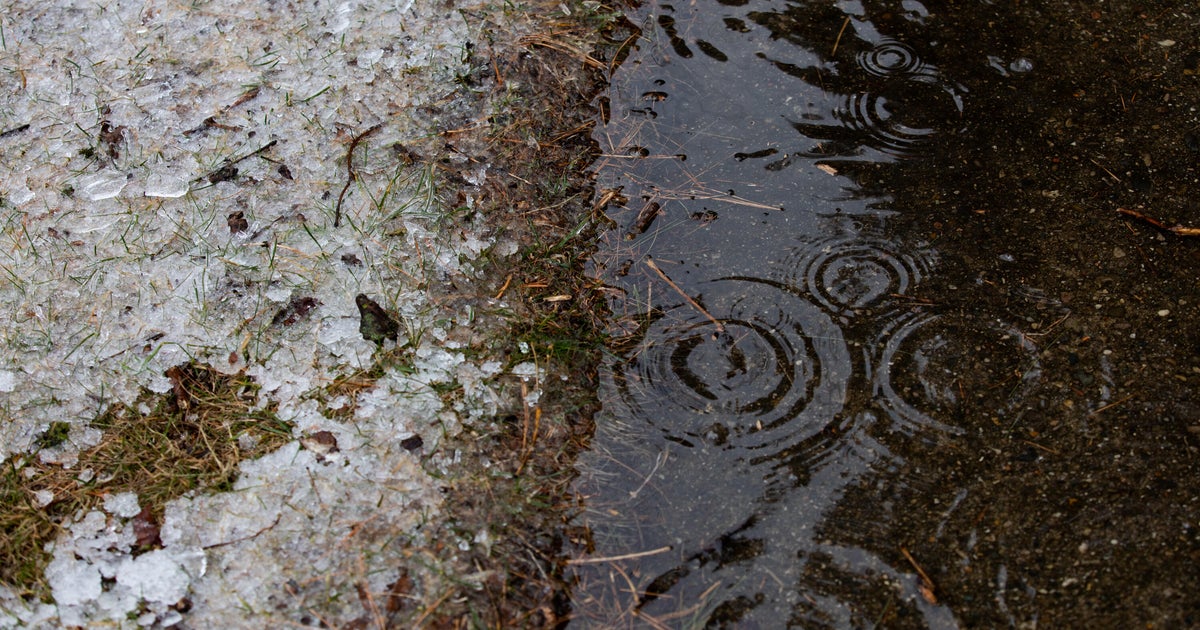Orionid meteor shower expected to peak Friday morning
Sky gazers could get quite the treat in the early morning hours Friday, when the Orionid meteor shower is expected to peak, sending streaks of light across the dark skies.
The Orionids, considered "one of the most beautiful showers of the year," according to NASA, are active this year from Sept. 26 through Nov. 22. They will be most viewable Friday morning because the moon will be a slim crescent, according to EarthSky.org.
The Orionids travel at 148,000 mph and, because of their speed, can sometimes become fireballs when they enter Earth's atmosphere, NASA said, telling viewers to "look for prolonged explosions of light." With no moon in the night sky, at the Orionids peak, about 15 meteors per hour can be seen.
The Orionids are viewable from both the Northern and Southern Hemispheres, but are best seen by getting away from city and street lights, according to NASA. They are most viewable in the hours after midnight.
NASA advises that you "lie flat on your back with your feet facing southeast if you are in the Northern Hemisphere, or northeast if you are in the Southern Hemisphere." You should also be patient, and give your eyes time to adjust to the dark.
Orionid meteors are leftover comet particles and pieces of broken asteroids which originate from the comet 1P/Halley, NASA explained. Halley orbits the sun once every 76 years, and was last seen from Earth in 1986. The next time it enters the inner solar system will be in 2061.
The meteors get their name from the Orion constellation, named because that is "the point in the sky from which the Orionids appear to come," NASA said.








